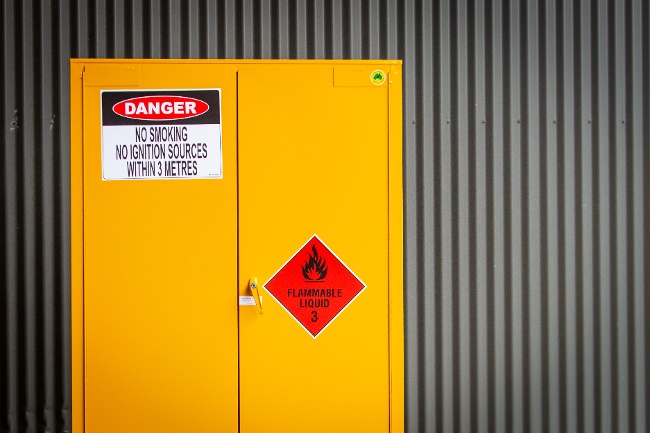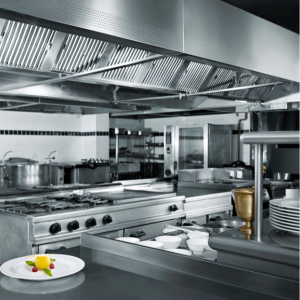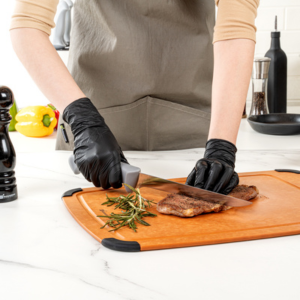Once you have established critical control points (CCPs) and critical limits for your HACCP plan, you need to monitor them. Monitoring must provide real-time data. Therefore, microbial sampling and testing is not considered part of the HACCP monitoring plan. They cannot give you immediate feedback and are generally inefficient in identifying defects. In creating your monitoring plan, the primary questions to consider are what will be done, how it will be done, when, or how frequent it will be done, and who will do it.
What
You will know “what” to monitor based on the type of critical limits that have been set for your CCPs. For example, if a critical limit is pH of no less than 4.6, then pH is what you would be monitoring. Other attributes that you may monitor in a HACCP plan include time, temperature, acidity, flow rate, pressure, or/and presence of intact sieve.
How
There are essentially two general ways to monitor critical limits. One is by visual observation and the other is by instrumentation. Operators conducting visual observations should be properly trained to know what they are looking for and when critical limits are exceeded. If instrumentation is used to monitor CCPs, then remember to:
- Use the right instrument for the job. For example, don’t use a laser thermometer to measure the cooking temperature of roasted turkey. That instrument will only give you the surface temperature and not the internal temperature which is what you want to see.
- Calibrate your instrument. This will ensure accuracy, precision, and validity of your data.
- Train your operators how to properly use the instrument. Have you ever seen anyone taking a thermometer or pH reading with the cap still on the probe? It happens. Another problem that you will likely see is operators using dirty or contaminated probes to take measurement. Monitoring should not be a source of cross contamination. You can avoid this by cleaning and sanitizing probes at set frequencies.
When
In general, monitoring will be done either continuously or discontinuously. In continuous monitoring you are collecting data throughout the entire period of the operation. In discontinuous monitoring, the measurements are collected, or observations made periodically. Continuous monitoring is generally done automatically by instruments. This type of data collection is necessary, particularly when slight deviations from the critical limit can be easily missed by the operator.
Let’s say the critical limit for a canned soup operation is cooking the cans for 10 minutes at a minimum of 240oF. Assume that during the process of one batch, the temperature dropped to 239oF for 3 minutes. This is a deviation that happened quickly and could easily be overlooked resulting in a foodborne disease outbreak. It would therefore make sense to collect a complete profile of the time/temperature schedule. This data is typically collected on an automatic recording chart that the operator can later review and sign.
Continuous monitoring is not always suitable or practical. Therefore, a discontinuous monitoring approach may be adopted. You should choose discontinuous monitoring when:
- The critical limit is to be measured by observation. If the operator were to collect data every minute as in the case of the canned soup above, he wouldn’t have time to do anything else. This would not be practical.
- The operating condition is way above the critical limit. For example, if your critical limit for oil in your fryer is a temperature of no less than 300oF, and you are frying at 350oF for quality reasons, then discontinuous temperature measurement is acceptable.
- When continuous measurement is not necessary to assure safety. For example, there is no need to check the temperature of turkey roast at every minute during roasting if the critical limit is set at a minimum final internal temperature. In this case you would only need to measure the final internal temperature of the largest turkey at the end of the process, or randomly take the internal temperature of several turkeys if they are the same size. In the latter case however, you would need to consult with a Statistician to determine the appropriate number of turkey roast to test.
Who
You should designate the person responsible for monitoring the CCP in your HACCP plan by the individual’s job title. You may add “or designated personnel” just in case you need to pull someone else to accomplish the task at some point. That will give you some flexibility while maintaining the integrity of the HACCP plan. Generally, the person conducting monitoring is the line operator, line supervisor or quality control personnel. If sampling and testing is involved, it is more likely that it will be done by someone in quality control.























%20(1).jpeg)




No comments:
Post a Comment